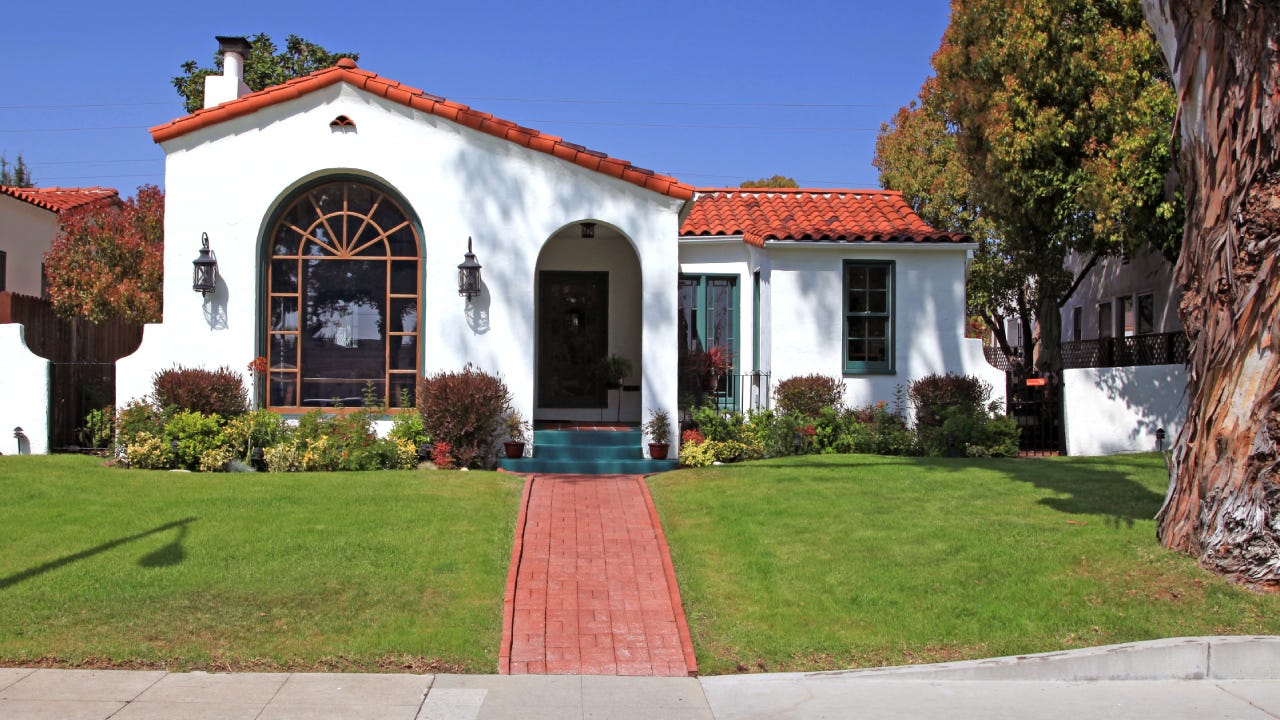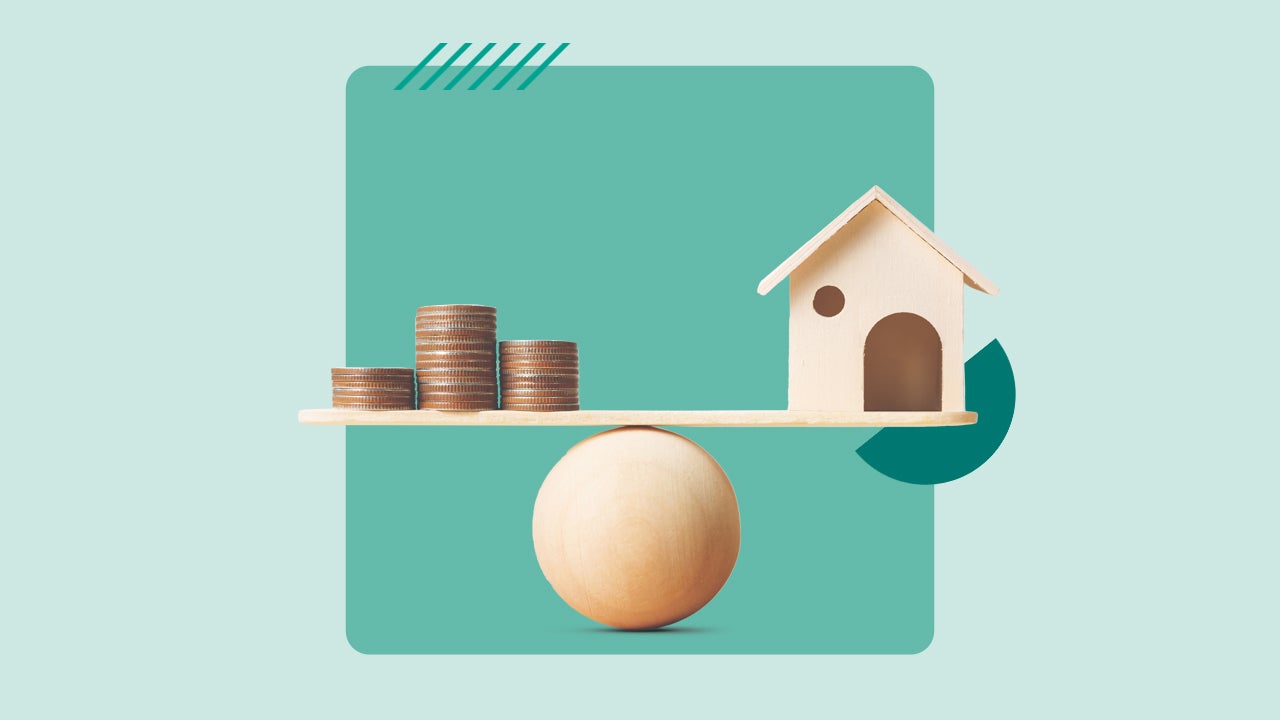HELOCs replace cash-out refinancing for equity-rich homeowners

American homeowners are flush with equity these days. However, stubbornly high mortgage rates have changed the way they tap that pile of wealth.
In short: Cash-out refinancing is out, and home equity lines of credit (HELOCs) are in.
Homeowner wealth still high
As of late 2024, American homeowners were sitting on nearly $35 trillion in home equity, according to the Federal Reserve Bank of St. Louis.
Nearly half (48 percent) of mortgaged homes were categorized as “equity-rich” in the third quarter of 2024, meaning that the outstanding loan balance totals no more than half of the home’s estimated market value, real estate data firm ATTOM reports.
Intriguingly, the share of equity-rich homes declined slightly from 49 percent in Q2. While the reasons for the decline are unclear, it could be that home price appreciation (and thus gains in equity stakes) has cooled somewhat, and many homeowners have already tapped their equity for renovations and other expenses.
Better deals and introductory rates
With equity comes opportunity — but with mortgage rates back above 7 percent, HELOCs have become the better option for many homeowners. These lines of credit come with variable interest rates, which change based on the prime rate, in turn tied to Federal Reserve policy.
The average HELOC rate was 8.28 percent as of Jan. 22, according to Bankrate’s weekly survey of lenders.
While that sounds high, it’s simply an average. The more aggressive home equity lenders win business by dangling generous deals and promotions, including low introductory rates. For example, Third Federal Savings and Loan was marketing an intial rate of 6.99 percent as of mid-January.
These introductory rates typically are fixed and last for six months to a year, after which the HELOC rate adjusts to reflect the market.
Why HELOCs make sense now
Even at 8.28 percent, HELOCs are still attractively priced compared to unsecured personal loans. If you’re looking to finance a renovation and have equity to tap, a line of credit could be less expensive than a home improvement loan.
A HELOC also spares you from refinancing, which involves replacing your existing mortgage with a whole new loan at today’s rates.
Say you locked in a $300,000 mortgage on your home a few years ago at 3 percent. Your monthly payment for principal and interest would be just $1,265.
Imagine that now you want to tap $50,000 of home equity to renovate your kitchen. When rates were at record lows, the smart move was a cash-out refinance. If you were to borrow $350,000 with a cash-out refi today, you’d have to give up your 3 percent rate for a new rate at 7 percent — and your monthly payment would soar to $2,328.
Here’s how using a HELOC might make more sense: Keep your 3 percent mortgage, and open a HELOC with line of credit up to $50,000 (or perhaps a little more — you know how remodeling budgets grow). At 8.28 percent interest and with a 10-year payback schedule, the debt will cost you around $613 a month (assuming the HELOC rate stays about the same). Add that to your existing mortgage payment, and your total home-based debt totals $1,878 monthly. That’s still far cheaper than the cash-out refinance would be.
You may also like

Should you use a HELOC to buy property overseas?

Best mortgage refinance lenders in 2025




